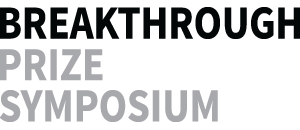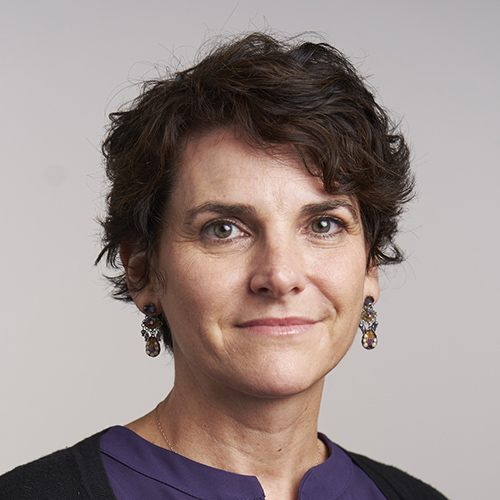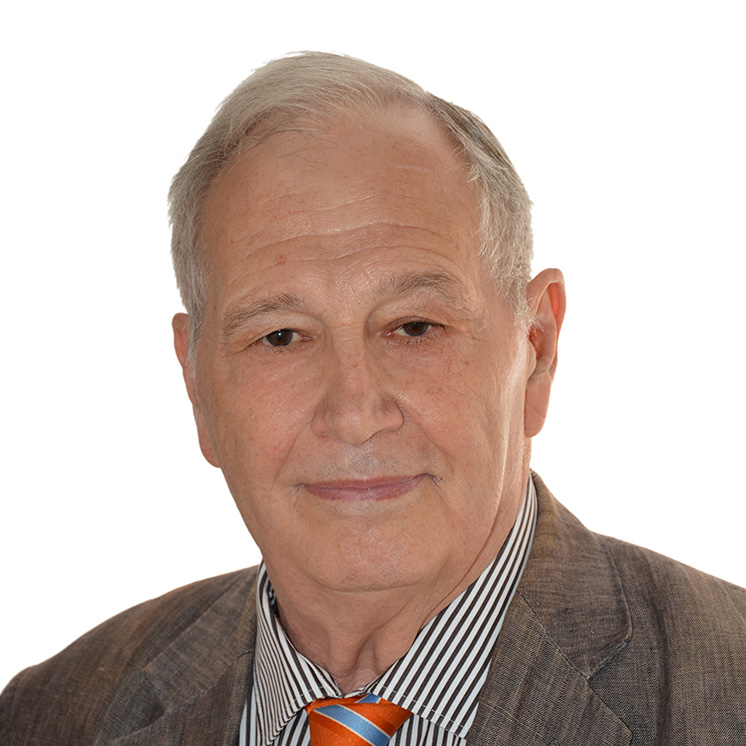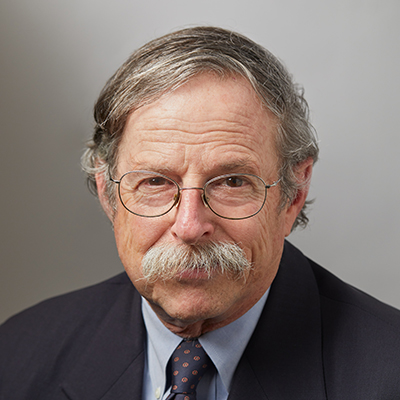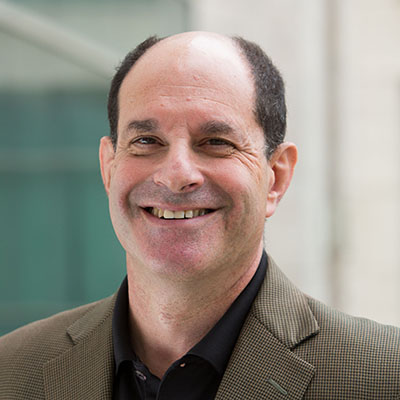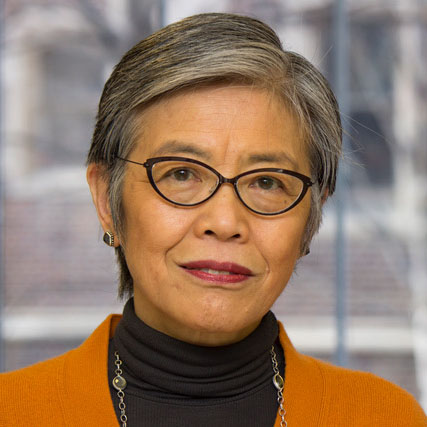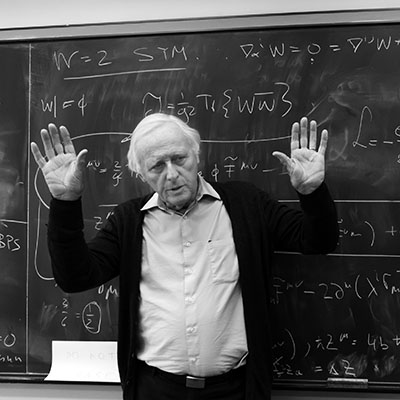Michelle Arkin
UCSF’s Michelle Arkin is a professor in pharmaceutical chemistry and co-director of the Small Molecule Discovery Center. Her lab focuses on developing new molecules that interact with proteins. By modulating biological processes, these new molecules, known as chemical probes, teach us how cells function and how proteins are involved in disease. These molecules serve as starting points for drug discovery.
Shep Doeleman
Shep Doeleman, of the Harvard-Smithsonian Center for Astrophysics,is director of the Event Horizons Telescope, the global collaboration that captured an image of a black hole for the first time. Using eight sensitive radio telescopes strategically positioned around the world in Antarctica, Chile, Mexico, Hawaii, Arizona and Spain, the team created a virtual telescope as large as the Earth, with a resolving power never before achieved from the surface of our planet. The entire EHT collaboration shared the 2020 Breakthrough Prize in Fundamental Physics.
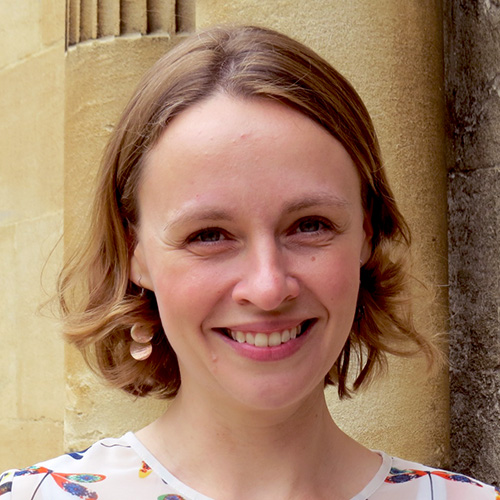
Jo Dunkley
Jo Dunkley, Princeton University, received a 2020 New Horizons in Physics Prize for the development of new techniques to extract physics from astronomical data. She works primarily on interpretation of cosmic microwave background measurements, from the WMAP and Planck satellites and the Atacama Cosmology Telescope. She won the 2018 Breakthrough Prize in Fundamental Physics with the WMAP team. She is author of the book “Our Universe: An Astronomer’s Guide,” written for the general public.
Alex Eskin
The Breakthrough Prize in Mathematics winner for 2020, Alex Eskin of the University of Chicago was awarded the prize for revolutionary discoveries in the dynamics and geometry of moduli spaces of Abelian differentials, including the proof of the “magic wand theorem” with Fields Medal winner Maryam Mirzakhani. Mirzakhani passed away in 2017.

Napoleone Ferrara
Napoleone Ferrara was named an inaugural Breakthrough Prize in Life Sciences winner for discoveries in the mechanisms of angiogenesis that led to therapies for cancer and eye diseases. He joined University of California, San Diego Moores Cancer Center in 2013 after a long career at the biotechnology firm Genentech.
Sergio Ferrara
Sergio Ferrara, of CERN, INFN National Laboratory of Frascati, and UCLA, was awarded a Special Breakthrough Prize in Fundamental Physics along with his colleagues Daniel Freedman and Peter van Nieuwenhuizen for the invention of supergravity, a highly influential 1976 theory that successfully integrated the force of gravity into a particular kind of quantum field theory (a theory that describes the fundamental particles and forces of nature in terms of fields embodying the laws of quantum mechanics).
Daniel Z. Freedman
Daniel Z. Freedman, of MIT and Stanford University, was awarded a Special Breakthrough Prize in Fundamental Physics along with his colleagues Sergio Ferrara and Peter van Nieuwenhuizen for the invention of supergravity, a highly influential 1976 theory that successfully integrated the force of gravity into a particular kind of quantum field theory (a theory that describes the fundamental particles and forces of nature in terms of fields embodying the laws of quantum mechanics).
Jeffrey M. Friedman
New Breakthrough Prize in Life Sciences laureate, Jeffrey M. Friedman has been at the forefront of establishing the biological basis of obesity. His research elucidated the “leptin system” operating below the level of consciousness and “will power” that regulates when, what and how much we eat. The discovery of leptin has provided a new framework for understanding the pathogenesis of obesity by delineating the physiologic and neural mechanisms that regulate food intake and body weight.
F. Ulrich Hartl
F. Ulrich Hartl, Max Planck Institute of Biochemistry, shared the Breakthrough Prize in Life Sciences with Arthur L. Horwich for discovering functions of molecular chaperones in mediating protein folding and preventing protein aggregation. As we age, this machinery might slow down and could leave proteins messily clumping – “like the white of an egg congealing in a hot frying pan” – and setting the stage for cancer as well as Alzheimer’s, Parkinson’s, Huntington’s and other neurodegenerative diseases.
Arthur L. Horwich
Arthur L. Horwich, of the Yale School of Medicine and Howard Hughes Medical Institute, collaborated with F. Urlich Hartl between New Haven and Munich to discover the supporting machinery that enables proteins to properly fold into the precise shapes necessary to perform their myriad jobs within the cell. Horwich shared the Breakthrough Prize in Life Sciences with Hartl.
David Julius
UCSF’s David Julius won the 2020 Breakthrough Prize in Life Sciences for discovering molecules, cells, and mechanisms underlying pain sensation. Among other curiosities, he found that chili peppers and menthol trigger the same sensory receptors in the nervous system that ordinarily respond to heat and cold. While most pain functions as an early warning system, chronic pain is debilitating. But by identifying specific cellular targets for the chronic pain of IBS, arthritis, cancer, etc., his team is laying the foundation for a next generation of non-opioid, precision analgesics.
Virginia Man-Yee Lee
Virginia Man-Yee Lee, University of Pennsylvania, received the Breakthrough Prize in Life Sciences for discovering TDP43 protein aggregates in frontotemporal dementia and amyotrophic lateral sclerosis, and revealing that different forms of alpha-synuclein, in different cell types, underlie Parkinson’s disease and Multiple System Atrophy. Her research has opened up new avenues for identifying targets for drug discovery.
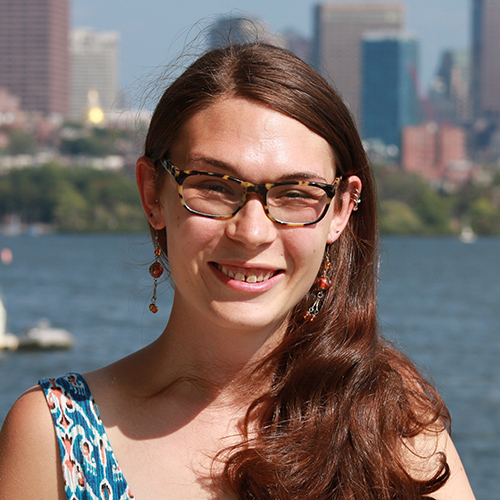
Emmy Murphy
Emmy Murphy, Northwestern University, won a 2020 New Horizons in Mathematics Prize for achievements in symplectic and contact geometry. She has received a Sloan Research Fellowship, the Mary I. Bunting Fellowship at the Radcliffe IAS, and the von Neumann Fellowship at the Institute for Advanced Study.
Peter van Nieuwenhuizen
Peter van Nieuwenhuizenwas awarded a Special Breakthrough Prize in Fundamental Physics along with his colleagues Sergio Ferrara and Daniel Freedman for the invention of supergravity, a highly influential 1976 theory that successfully integrated the force of gravity into a particular kind of quantum field theory (a theory that describes the fundamental particles and forces of nature in terms of fields embodying the laws of quantum mechanics).

Samaya Nissanke
Samay Nissanke, University of Amsterdam, received a 2020 New Horizons in Physics Prize for the development of new techniques to extract physics from astronomical data. Her current research focuses on the detection, measurement and interpretation of gravitational waves, the astrophysics of compact object (black holes, neutron stars and white dwarfs) binaries and general relativity. She shared the 2016 Special Breakthrough Prize in Fundamental Physics with the LIGO team.
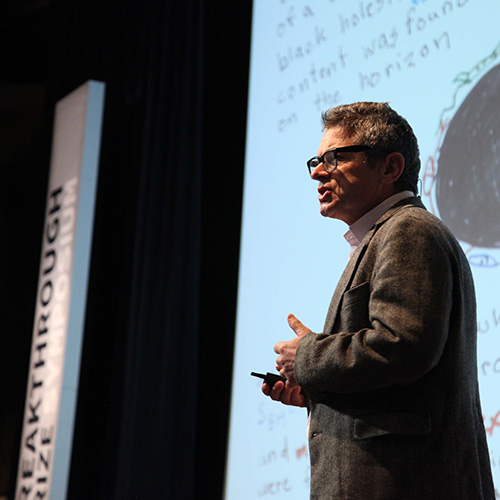
Andrew Strominger
Andrew Strominger received the 2017 Breakthrough Prize in Fundamental Physics with Joseph Polchinski and Cumrun Vafa for transformative advances in quantum field theory, string theory, and quantum gravity. He is director of the Center for the Fundamental Laws of Nature at Harvard University.
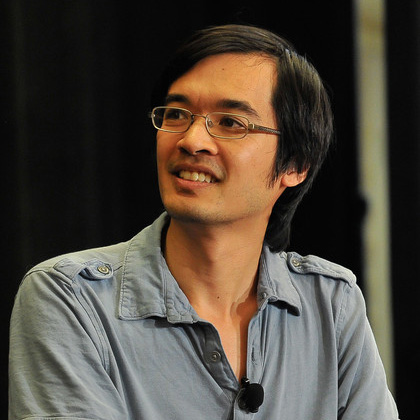
Terry Tao
Terry Tao was an inaugural winner of the Breakthrough Prize in Mathematics in 2015. He is a professor at the University of California, Los Angeles. He works in a number of mathematical areas, but primarily in harmonic analysis, PDE, geometric combinatorics, arithmetic combinatorics, analytic number theory, compressed sensing, and algebraic combinatorics.
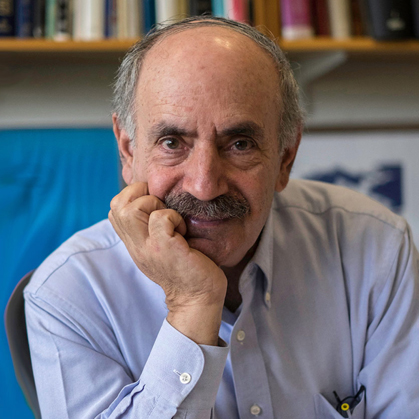
Robert A. Weinberg
Robert A. Weinberg is the Daniel K. Ludwig Professor for Cancer Research at MIT and a member of the Whitehead Institute. He studies how cancer spreads, what gives cancer stem-cells their unique qualities, and the molecular players involved in the formation of cancer stem cells and metastases. Weinberg is an inaugural Breakthrough Prize in Life Sciences laureate (2013).
